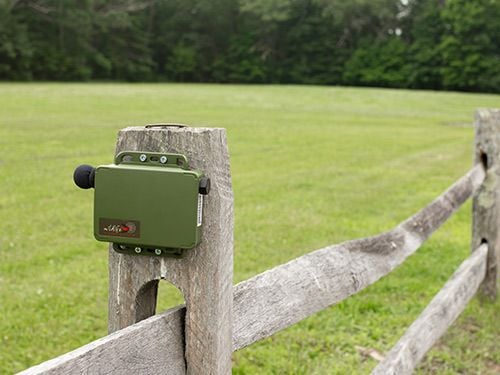
The nights are drawing in now. At this time of the year, I picture an idyllic scene of an old stone cottage surrounded by snow that blankets the land. The occupants are inside snuggled up under a throw in front of a roaring woodfire. On the flip side, you can easily picture someone hurriedly trying to scrape the ice off their car with whatever they can grab. Meanwhile, the animals and plants are doing their own thing. There are those that are happily dozing the months away until spring. And there are those that are going about their business as usual.
Who are the sleepy characters of the British landscape?
Let us start with hibernation - this is a period of time that frogs, toads, dormice, hedgehogs, bats, mason bees, queen bumblebees, and butterflies are in a state of inactivity - which is characterised by a decrease in metabolism, low body temperature, slow breathing, and a slow heart rate. It is said that metabolism is 'depressed to less than 5%' of what is considered normal. Animals tend to hibernate to conserve energy until conditions are suitable.
Here in the UK hibernation is attributed to cold temperatures, however, in other parts of the world, some animals hibernate in warm conditions. Biologist Kathrin Dausmann demonstrated this in fat-tailed lemur populations in Madagascar, where temperatures were widely variable. It was concluded that 'maintaining a constant body temperature is energetically expensive' - these creatures store fat in their tails, find a comfy tree, and hibernate through the winter.
Frogs and Toads
Out of the hibernators in the UK the frogs are one of my favourite. The frog prepares for winter by finding or creating a hibernaculum. These little living spaces can be a little drafty and freeze over. The special thing about frogs is that they have an anti-freezing agent in their major organs in the form of glucose. So - whilst they can get ice crystals forming within other parts of their bodies, and they may stop breathing, and their heart may stop beating - they do eventually thaw out and resume their daily activities. You can read more about frogs in this Scientific American article.
What are the best ways to help support these species?
If you are interested in monitoring frogs and toads, you can usually expect amphibians to emerge from hibernation when night temperatures have risen to 5°C and over, which is largely dependent on where you are based, but can be expected as the days start to lengthen. You can often find out your local weather via a weather station near you which can provide you with current or historical data, or if you require your own meteorological data you can invest in a weather station of your own.

Once Spring has arrived frogs and toads are expected to be quite visible around ponds so that they can start the breeding process. Frogs and toads both produce a variety of sounds, calls, and songs during this time. Robert Capranica, Professor of Neurobiology Behaviour/Electrical Engineering, once expressed that sound communication played an important role in the lives of frogs and toads who when studied as individuals were found to be able to differentiate between a call from their own species and another. More recently the sounds of these amphibians have been used to study the link between climate change and distribution. If you are interested in monitoring acoustic vocalisations of species you may be interested in the Song Meter Mini Acoustic Recorder which is a weatherproof, Bluetooth-enabled, and affordable solution designed for making wildlife recording easier. With this compact recorder, you can undertake species inventories, presence and absence surveys, detect endangered species, and monitor habitat health.

Here at Wildcare we are interested in the education of the next generation. As a former teacher it is always good to get young people involved in the technology above at an early age, but it is always nice to start off with some basics. As a child I always made time to watch the frogs and toads in the garden pond. Their transition from spawn - to tadpole - to amphibian was fascinating and still is. Here are some tips on how to look after these jumpers:
- Create a pond in your garden - make sure that it has a gradual slope that will enable frogs and toads to come and go.
- Provide some cover around your pond to protect residents from predators. Avoid adding fish to the pond as they will eat spawn.
- Create areas of shallow water.
- Let the frogs and toads come to you. If there is water in your garden they will find it.
- Add log piles and rockeries to your garden.
- Get involved in toad patrols!
If you are unsure how you want to design your wildlife pond why not give the Froglife visualiser a go or read this guide by the WWT? And for more tips on keeping common frog tadpoles take a look at this guide. If you don't have space for a pond but still want to help these species why not try building a mini drainpipe wetland with the help of this guide.
Further interesting information
- WWT Wetland spotter sheet - Amphibians - link
- Wake and Koo, Amphibians, Current Biology Magazine - link
- RSPCA, Living with amphibians - link
- Naturehood, Common frog - link


